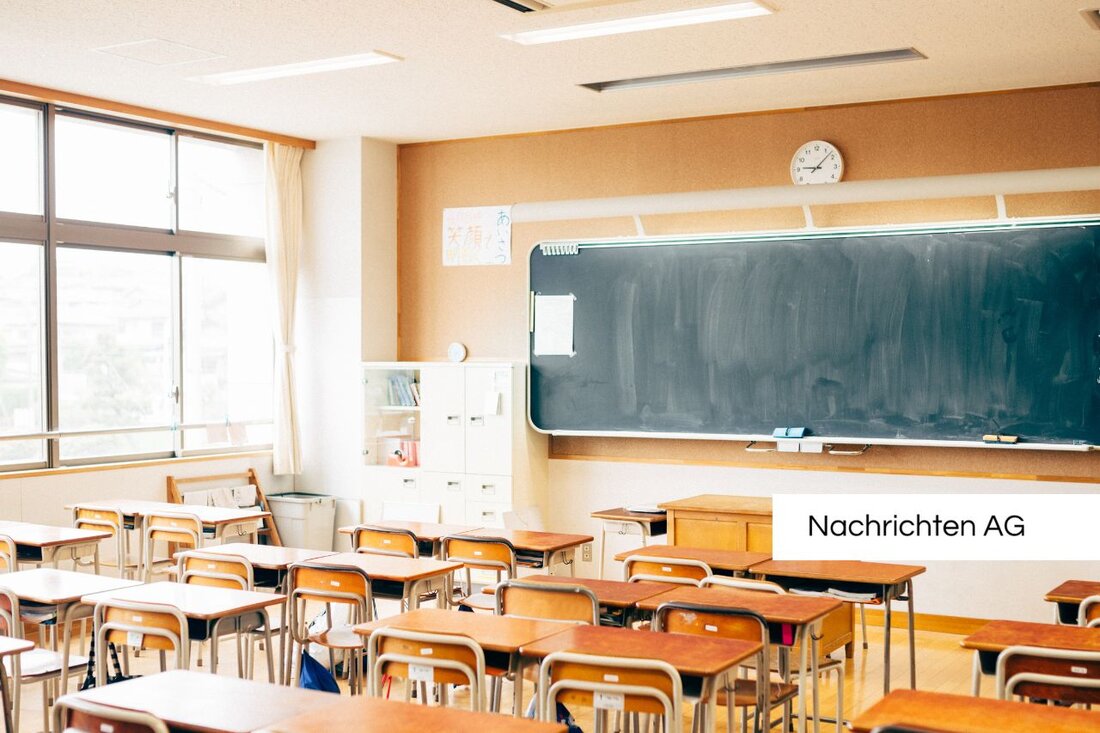Art meets history: conversation about grief and healing in Adlershof
On July 23, 2025, Dr. Friederike Schäfer and artist Iden Sungyoung Kim in the Adlershof gallery social trauma.

Art meets history: conversation about grief and healing in Adlershof
On Wednesday, July 23rd, at 7:00 p.m., Galerie Adlershof presents the exhibition “Playing with Fire,” which presents works by artist Iden Sungyoung Kim. In this exhibition, the Seoul-born artist, who was born in 1991, addresses the social trauma of nuclear disasters from a South Korean perspective. Iden Sungyoung Kim's artistic practice deals intensively with the devastating consequences of the atomic bombings of Hiroshima and Nagasaki in August 1945, when American forces used nuclear weapons to force Japan to surrender. These bombings, considered the largest escalation of violence in history, resulted in massive casualties: it is estimated that between 90,000 and 166,000 people died in Hiroshima and between 60,000 and 80,000 in Nagasaki, with the majority being civilians. Japan surrendered on August 15, 1945, and the formal surrender took place on September 2, 1945. The bombs, known as "Little Boy" and "Fat Man", were developed as part of the Manhattan Project, which had been underway since 1942 and required enormous resources.
Iden Sungyoung Kim addresses the effects of these historical traumas in her photo series “Cornerstone of Cenotaph” from 2024. The artist traveled to the places Hiroshima, Nagasaki and Fukushima to collect traces and clues. Her black and white photographs create a space of remembrance and place a particular focus on the Korean victims of the bombings. This connection to the past is of enormous importance in order not to forget the real and psychological damage that results from such events.
Conversation about art and trauma
In an accompanying discussion, Dr. Friederike Schäfer, art historian at the Free University of Berlin, and Iden Sungyoung Kim herself will discuss research-based artistic practice and their interest in technological developments. This is in the context of current debates about the role of art in processing and processing trauma. Artists from different parts of the world, including those confronted with the long-term consequences of social traumas such as the Holocaust, apartheid or the Rwandan genocide, use different approaches to process these topics in their work.
In Germany, diverse discussions are taking place about the injuries and challenges caused by historical trauma. For example, the theater director Warren Nebe's work addresses the multiple traumas that manifest themselves in societies and emphasizes the need to come to terms with one's own past. A Goethe-Institut conference will explore how art can serve as a medium to overcome social trauma and give those affected a voice.
Exhibition details and access
The exhibition “Playing with Fire” can be seen in the Adlershof Gallery until August 16, 2025. Those interested can find out more on the gallery homepage. The exchange about art and its influence on historical awareness is a central thematic focus not only in this exhibition, but also in many other projects and events in Germany. The dialogue about the far-reaching effects of nuclear weapons and their ethical implications will continue to occupy an important place in the cultural debate.

 Suche
Suche
 Mein Konto
Mein Konto
